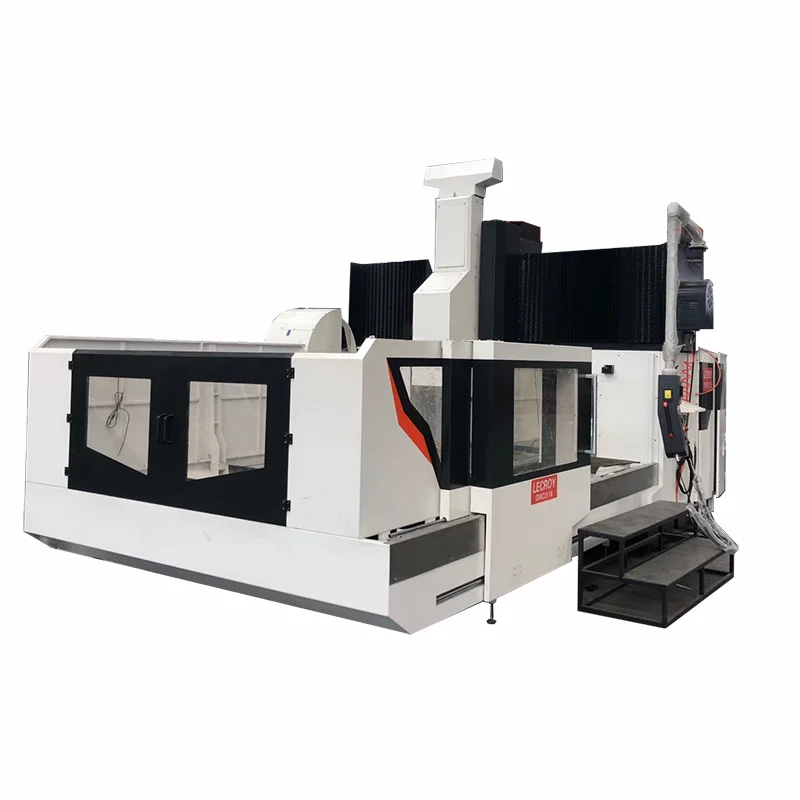In the world of electronics, soldering is an essential process that connects electronic components and ensures the functionality of devices. While traditional solders like 60/40 tin-lead have been the industry standard for decades, the emergence of lead-free alternatives has prompted engineers and hobbyists alike to explore various solder compositions. One such composition is 95/5 solder, which consists of 95% tin and 5% silver. This article delves into the characteristics, advantages, and potential applications of 95/5 solder in electronics, providing a thorough understanding of its viability for various projects.
Understanding 95/5 Solder
95/5 solder is a lead-free alloy primarily composed of tin and silver. The high tin content provides excellent wetting properties, while the addition of silver enhances the mechanical strength and thermal conductivity of the solder joint. This combination makes 95/5 solder an attractive option for a range of electronic applications, particularly in environments where lead-free solutions are mandated or preferred.
Key Properties of 95/5 Solder
- Melting Point: The melting point of 95/5 solder is approximately 217°C (423°F), which is higher than that of traditional tin-lead solders. This characteristic necessitates careful temperature management during soldering to avoid damage to sensitive components.
- Wetting Ability: One of the critical factors in soldering is the wetting ability of the solder. 95/5 solder exhibits good wetting properties, allowing it to flow smoothly and create strong bonds between components and circuit boards.
- Mechanical Strength: The addition of silver enhances the mechanical strength of the solder joint, making it more resilient to thermal cycling and mechanical stress. This property is particularly beneficial in applications where reliability is paramount.
- Corrosion Resistance: 95/5 solder demonstrates excellent resistance to corrosion, which is vital for ensuring the longevity of electronic devices, especially those exposed to harsh environments.
Advantages of Using 95/5 Solder
- Lead-Free Compliance: With increasing regulations surrounding the use of lead in electronics, 95/5 solder offers a compliant alternative that meets the requirements of RoHS (Restriction of Hazardous Substances) directives.
- Improved Performance: The enhanced mechanical and thermal properties of 95/5 solder can lead to improved performance in electronic devices, particularly in high-temperature applications.
- Versatility: 95/5 solder can be used in various applications, including surface mount technology (SMT), through-hole soldering, and even in some high-frequency applications due to its excellent conductivity.
Considerations When Using 95/5 Solder
While 95/5 solder presents numerous advantages, there are several considerations to keep in mind:
- Soldering Temperature: Due to its higher melting point, soldering with 95/5 requires careful temperature control. Using a soldering iron with adjustable temperature settings is recommended to prevent overheating components.
- Flux Compatibility: The choice of flux is crucial when working with 95/5 solder. A suitable flux can enhance the wetting properties and overall performance of the solder joint. It is advisable to use a flux specifically designed for lead-free solders.
- Skill Level: For those new to soldering, the higher melting point and different handling characteristics of 95/5 solder may present a learning curve. Adequate practice and understanding of soldering techniques are essential for achieving optimal results.
Applications of 95/5 Solder in Electronics
- Consumer Electronics: Many consumer electronic devices, such as smartphones and laptops, utilize lead-free solders, including 95/5, to comply with environmental regulations.
- Automotive Electronics: The automotive industry increasingly adopts lead-free soldering techniques to enhance the reliability and safety of electronic components in vehicles.
- Aerospace and Defense: In high-stakes environments like aerospace and defense, the mechanical strength and thermal stability of 95/5 solder make it suitable for critical applications.
Conclusion
In conclusion, 95/5 solder is a viable option for electronics, offering a range of benefits that align with modern industry standards and environmental regulations. Its excellent wetting properties, mechanical strength, and corrosion resistance make it suitable for various applications, from consumer electronics to aerospace. However, users must be mindful of its higher melting point and the importance of proper soldering techniques to ensure successful results. As the industry continues to evolve towards lead-free solutions, 95/5 solder stands out as a reliable choice for both professionals and hobbyists alike.

Average Rating